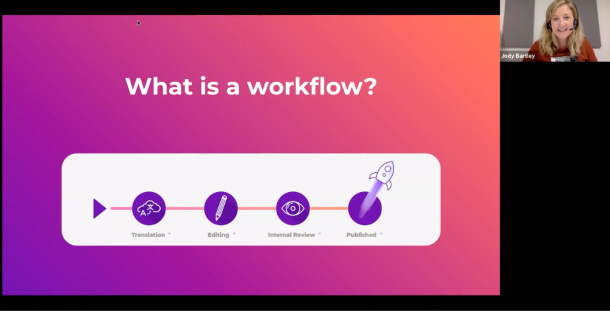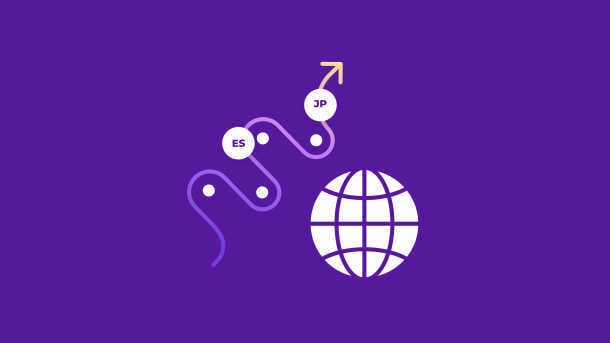How are localized versions of your website performing?
Many companies find that despite best efforts at creating content that appeals to specific global audiences, conversion rates on non-English web pages simply aren’t living up to expectations.
Here are five localization best practices to get your site noticed for all the right reasons.
1. Build in Localization Basics
Little things make a big difference. With firms competing to push out new global content before others do, many forget about small details that have a significant impact on user perception.
Consider the date, time, and punctuation formats you’re using. Do they match widely accepted standards in the market you’re trying to reach? Do people in the markets you’re trying to reach spell out the names of months, or use numerals?
Do they prefer 12-hour formats or 24-hour? Pay attention to details like these and consider laying out the rules in a style guide, so that you ensure consistency each time you translate website content and offer a localized experience
2. Improve Localized Content Page Load Time
How quickly can users from other countries access your website? If you’re relying on servers close to your headquarters country and not those near your audience’s, delays can be significant and potential customers may go elsewhere.
What’s more, Google and other popular search engines rank pages in part based on how quickly they load. If bits and pieces of your content lag behind, search results for your brand or product can quickly slip to the second or third page.
For example, a translation proxy can solve this problem with servers located around the world, pushing your content from whichever stack is closest to potential customers.
3. Automate Translated Content Delivery
A cloud-based translation proxy, like Smartling's Global Delivery Network, will help to ensure your website is always accessible. Content can be loaded on the fly and in real time, meaning that as you make changes to your English website, these are pushed through to international versions on-demand.
All elements of your page always load successfully, as well; if the translation proxy tool can’t find the latest version of the content, the most recent iteration is displayed instead.
Then, it automatically replaces source language content when the translation becomes available. Opting for the a cloud translation management system also means content is accessible even if local servers go down and makes it possible to adhere to localization best practices no matter what.
4. Help Translators Help You
Whether you choose human, professional translation or machine translation (MT), it always helps to opt for translation software that gives you flexibility and is easy to use by translators who’re actually working to localize your content.
In a cloud-based translation management system, translators are able to collaborate and compare notes, while built-in translation memory offers content matches to speed up the process. In addition, some one localization best practice many gloss over is the importance of leveraging glossary tools. These make it easy for translators to choose the best terminology or phrasing for brand-specific content.
These are only a few of the benefits, but they ensure a smooth experience for the translators using your platform and a uniform brand voice and market positioning. Once you form a substantial corpus of content translated by professionals and added to the memory, you can always use the corpus to train the MT engine in.
5. Measure the Impact of Localization Efforts
Once you’ve got the right content in place delivered over a cloud-based network, you need a way to monitor the results.
Modern translation management systems provide analytics that enable you to visualize the impact of changes on local and international markets, thereby giving marketers the ability to adjust content strategy as necessary. Rather than waiting for monthly or quarterly sales reports, one best localization practice revovles around tracking and implementing changes quickly.
By integrating these tools with broader analytics solutions, it’s possible to get an overall sense of speed, accessibility, and conversion potential of your web properties.
Smartling Makes Localization Easy
Want bigger global reach? It starts by implementing these simple localization best practices: build in website basics, improve speed and accessibility, give translators the right tools to do the job, and measure the outcome.






